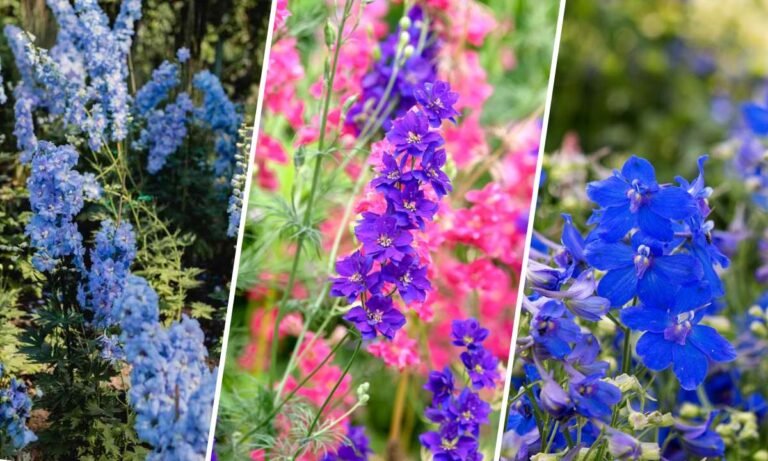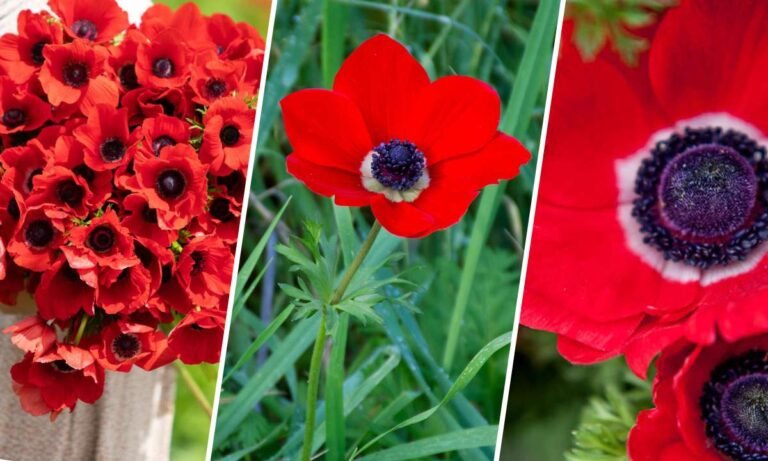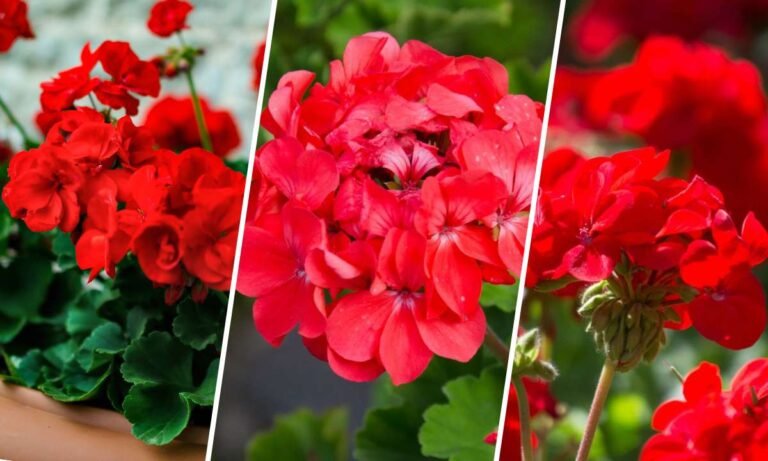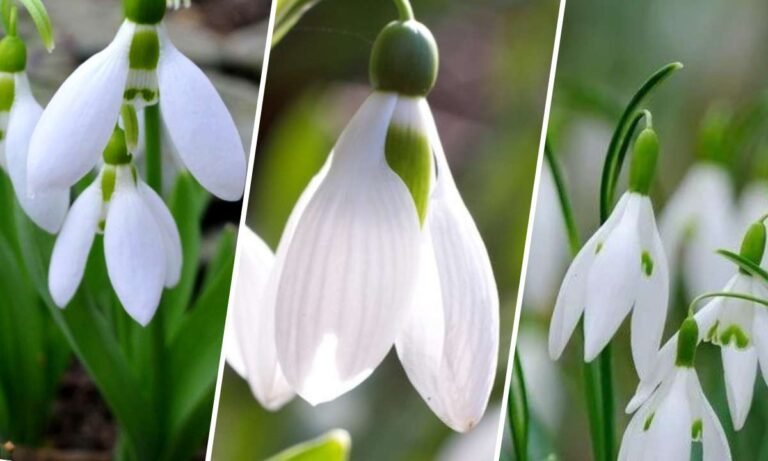The anemone flower, known for its delicate petals and vibrant colors, carries deep symbolism across various cultures and historical periods. This captivating bloom, steeped in myths and legends, holds meanings that resonate with both flower enthusiasts and cultural historians. In this detailed exploration, we delve into the origins, symbolic meanings, and historical significance of the anemone flower, shedding light on its allure and cultural importance.
Origins and Etymology of the Anemone Flower
The name “anemone” originates from Greek mythology, where it is linked to the wind (anemos). Legend has it that the anemone sprang from Aphrodite’s tears shed for Adonis upon his death. Botanically named Anemone coronaria, it emphasizes the flower’s regal appearance and historical use in garlands and floral arrangements.
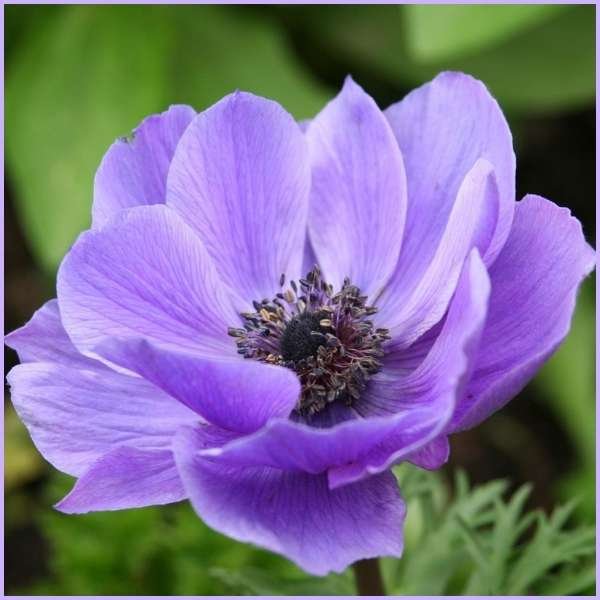
Symbolic Meanings of the Anemone Flower
Protection against Evil
In Greek folklore, the anemone flower is believed to ward off evil and bring good fortune. It was often planted on graves to ensure that spirits of the deceased would rest undisturbed.
Anticipation and Hope
The anemone flower symbolizes anticipation and the arrival of eagerly awaited events. Its ability to bloom early in spring, sometimes pushing through snow, symbolizes hope and expectation.
Fragility and Transience
Due to its delicate petals that close in the evening or during rain, the anemone flower is associated with fragility and vulnerability. This symbolism highlights its fleeting beauty and the ephemeral nature of life.
Historical Significance of the Anemone Flower
Ancient Greece
In ancient Greece, the anemone flower held significance in myths involving gods like Aphrodite and Apollo. It was revered for its beauty and associations with love, healing, and protection.
Victorian Era
During the Victorian era, the anemone flower became popular as a symbol of anticipation and longing. It often adorned floral bouquets exchanged between lovers to convey messages of desire and expectation.
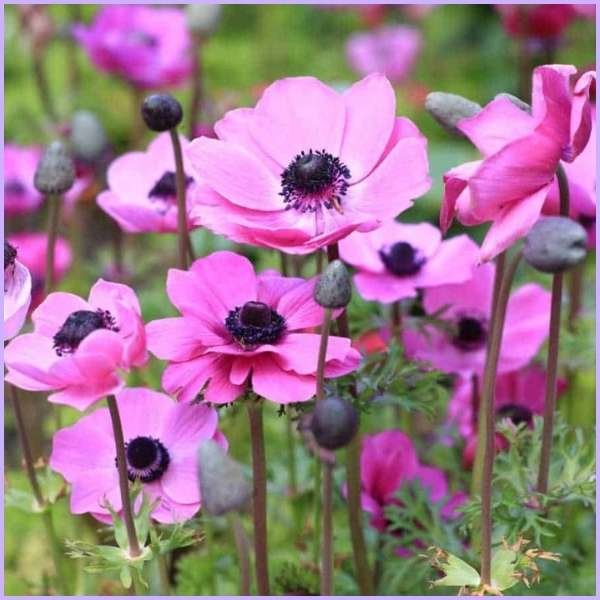
Different Varieties of Anemone Flowers and Their Meanings
Poppy Anemone (Anemone coronaria)
Known for its bold red petals and dark center, the Poppy Anemone symbolizes anticipation and passionate vitality. It adds a striking touch to gardens and floral displays.
Japanese Anemone (Anemone hupehensis)
Renowned for its graceful appearance and enduring blooms, the Japanese Anemone symbolizes protection and good luck. It is valued for its resilience and beauty in Japanese cultural traditions.
Anemone Flower in Art and Literature
Throughout history, artists and writers have drawn inspiration from anemone flowers. In art, they are depicted in paintings and illustrations as symbols of beauty and grace. In literature, poets have celebrated their elegance and symbolic meanings, weaving them into stories of love and yearning.
Cultural Significance of the Anemone Flower
Western Cultures
In Western cultures, the anemone flower is often associated with hope and new beginnings. It is used in floral arrangements for weddings and celebrations, symbolizing anticipation and optimism.
Eastern Cultures
In Eastern cultures, interpretations of the anemone flower’s symbolism may vary. It can represent luck, protection, beauty, and grace, depending on the tradition.
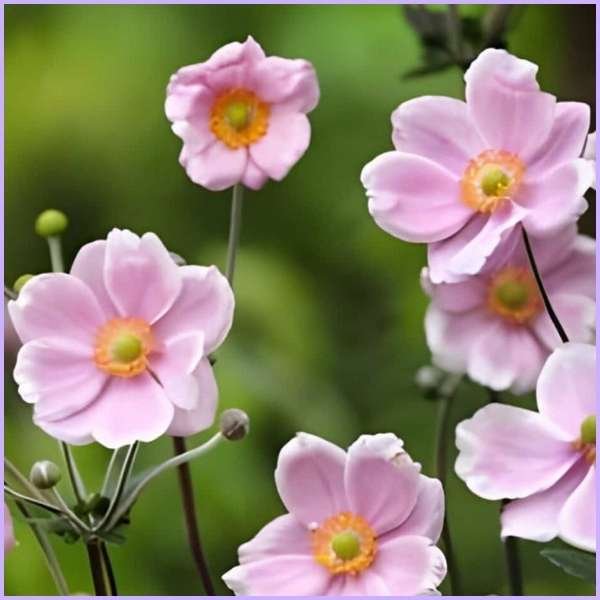
How to Grow and Care for Anemone Flowers
Planting Anemone Flowers
Anemone flowers thrive in well-drained soil and partial shade. Plant bulbs in the fall for spring blooms, ensuring adequate spacing for growth. Water regularly, avoiding overwatering to prevent root rot.
Caring for Anemone Flowers
Remove spent blooms to encourage new growth and maintain plant health. While generally hardy, anemone flowers may need protection from strong winds and frost during colder months.
Conclusion
The anemone flower, steeped in symbolism and historical significance, continues to enchant gardeners and cultural enthusiasts worldwide. Whether admired for its beauty, cherished for its symbolic meanings, or cultivated for its resilience, the anemone flower remains a timeless source of inspiration and admiration.

